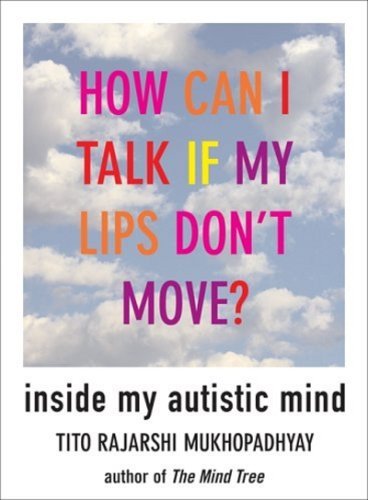
Animals in Translation: Using the Mysteries of Autism to Decode Animal Behavior
Book Description
Imagine a world where the unspoken language of animals unfolds before your eyes. Temple Grandin takes you on an extraordinary journey of discovery, revealing how the mysteries of autism can illuminate the hidden lives of our animal companions. With a unique lens, she deciphers their behaviors, emotions, and desires, unraveling the secrets that connect us all. Each chapter teems with revelations that challenge our understanding of intelligence, empathy, and communication. As she breaks down the barriers between species, one question looms large: what can animals teach us about ourselves?
Quick Book Summary
"Animals in Translation" by Temple Grandin explores the parallels between animal behavior and the cognitive experiences of individuals with autism. Grandin, an autistic animal scientist, leverages her unique perspective to bridge the gap between human and animal understanding, arguing that the sensory-driven, detail-oriented thinking found in autism often mirrors the way animals perceive their environment. Through personal anecdotes, scientific research, and practical examples, she uncovers how animals think, feel, and learn, challenging prevailing assumptions of animal intelligence and emotion. The book invites readers to appreciate the complexity of animal minds and the value of neurodiversity, ultimately urging more humane and insightful interactions with the animal world.
Summary of Key Ideas
Table of Contents
Thinking in Pictures: Sensory Perception and Detail
Temple Grandin’s own experience with autism gives her a distinct lens to understand animal behavior. She explains how both autistic people and animals often think in sensory-based, concrete images rather than in abstract language. This approach enables a focus on details that neurotypical people might miss. Grandin makes a compelling case that this mode of thinking allows for a deeper interpretation of animal motivations and helps explain behaviors often misunderstood by humans. By emphasizing perception, she questions commonly held views about cognition and problem-solving in animals.
Interpreting Emotions and Intentions
Grandin explores how animals experience the world emotionally and how humans interpret those emotions. Drawing from research and observation, she explains that animals might have rich emotional lives, complex feelings such as anxiety, fear, and even joy. She notes that just as autistic people may express emotions differently, animals too have their own authentic forms of emotional expression. Understanding these differences is key to accurately interpreting animal intentions and fostering empathetic relationships.
Challenging Assumptions About Intelligence
The book challenges the notion that animals are driven purely by instinct and lack real intelligence. Grandin highlights cognitive abilities in species ranging from dogs to cattle, including problem-solving, memory, and adaptability. She ties the discussion to autism, illustrating how differences in thinking styles should not be mislabeled as deficits. Instead, animal intelligence is revealed to be multifaceted and context-driven, often exceeding expectations when evaluated through an appropriate, nuanced lens.
Empathy, Communication, and Neurodiversity
Communication and empathy between species form a core concern of the book. By comparing the unique communication styles of autistic individuals and animals, Grandin advocates for listening with greater sensitivity, observing subtle cues, and adapting human behavior to interact more respectfully. She argues that both animal welfare and human understanding can be significantly improved by acknowledging and valuing different perspectives and modes of interaction, including non-verbal signals.
Improving Animal Welfare through Understanding
Grandin concludes by urging society to use this expanded understanding of animal minds and autism to enhance animal welfare. By recognizing the value of attentive observation and neurodiversity, caregivers, trainers, and scientists can better design environments, improve handling techniques, and nurture well-being. The book ends with a call to action: by seeing the world partly through animal and autistic eyes, humans can bridge divides, enrich relationships, and transform attitudes toward both animals and people with neurological differences.
Download This Summary
Get a free PDF of this summary instantly — no email required.





